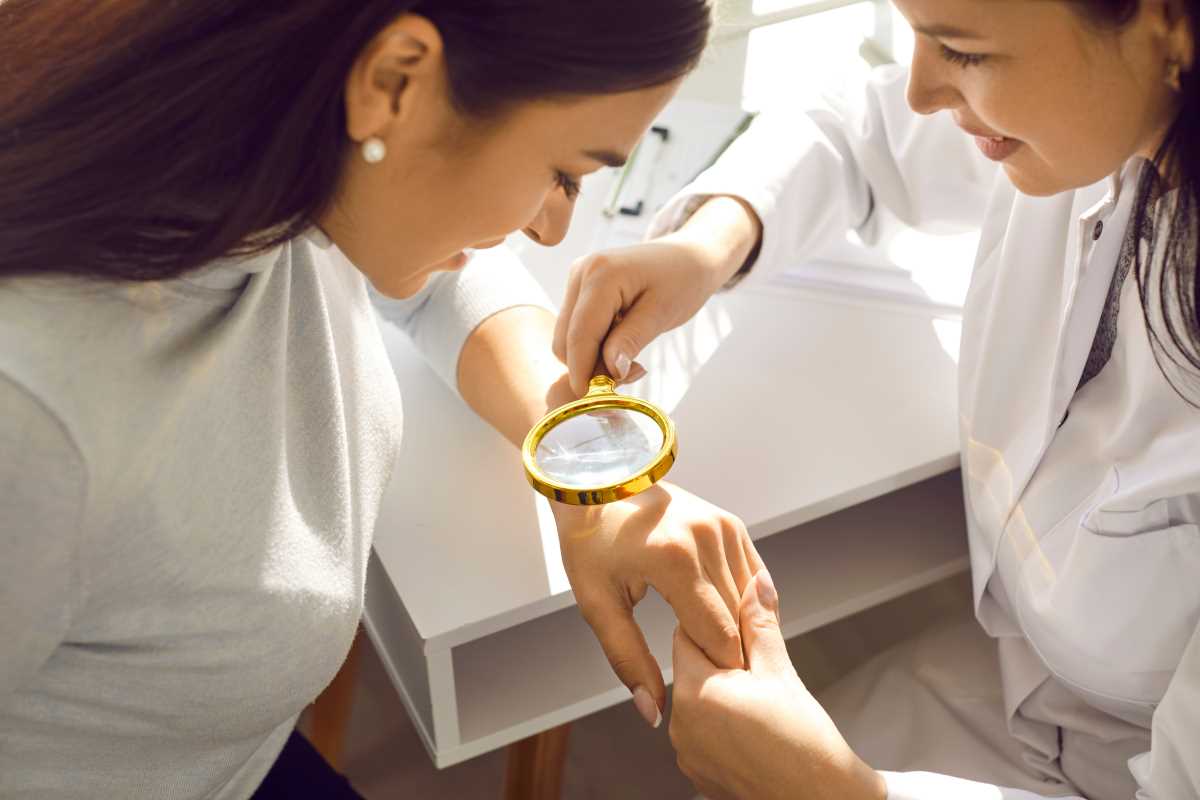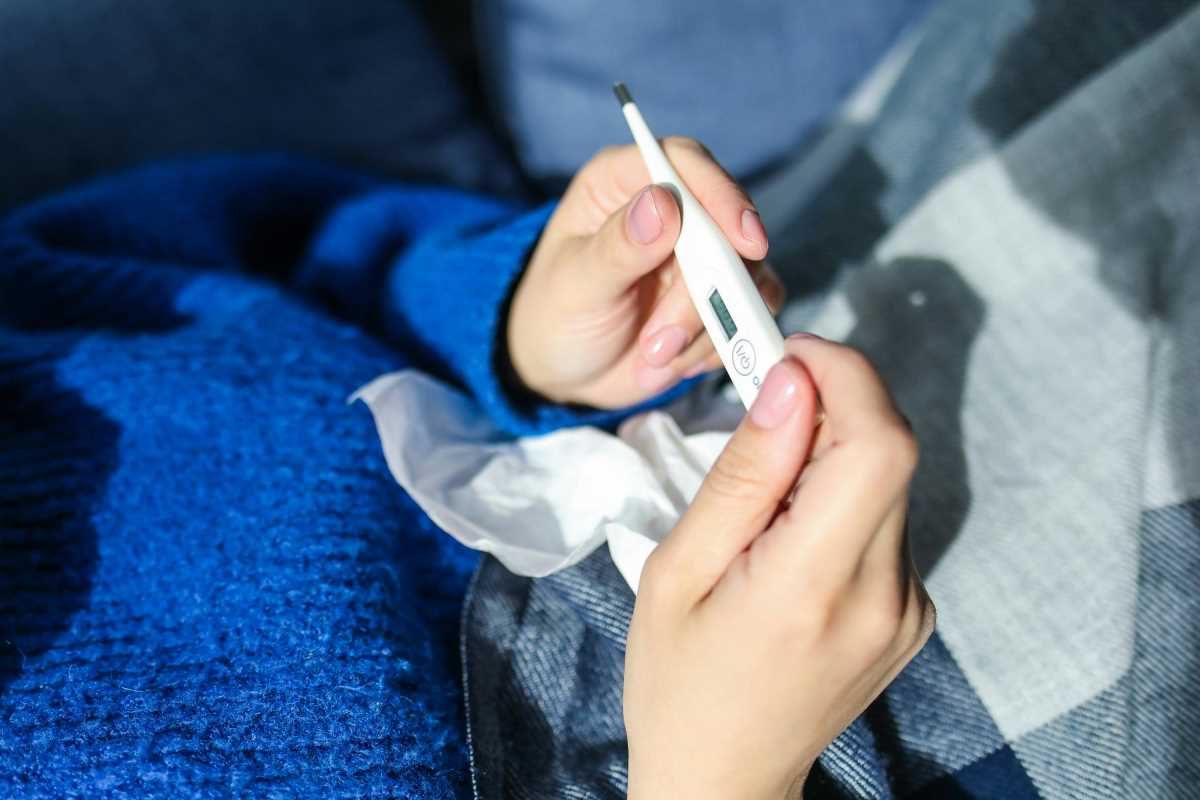Atopic dermatitis, often referred to as eczema, is one of the most common chronic skin conditions, but its appearance can differ widely from person to person. Understanding how it looks and feels is key to identifying and managing it effectively. If you or a loved one suspect atopic dermatitis, here’s what you should know about its telltale signs, how it varies, and what makes it unique.
The Basics of Atopic Dermatitis
At its core, atopic dermatitis is an inflammatory skin condition that disrupts the skin barrier, leaving it dry, irritated, and prone to itching. The condition can flare up at any age and may have periods of remission where symptoms fade, only to return with triggers like stress, allergens, or harsh weather.
While its hallmark symptoms are redness, itching, and dryness, the exact appearance can vary based on factors like age, skin tone, and severity. This variability can sometimes make it hard to recognize or distinguish from other skin conditions.
What Does Atopic Dermatitis Look Like?
Redness and Irritation
- On lighter skin tones: Atopic dermatitis often shows up as patches of red or pink skin. The redness is usually accompanied by swelling or a rough texture.
- On darker skin tones: Instead of redness, the affected areas might look darker than the surrounding skin (hyperpigmentation) or take on a purplish, grayish, or ashy hue. These differences can make it harder to spot and sometimes delay diagnosis in people with darker complexions.
Dryness and Cracking
One of the most visible signs of atopic dermatitis is extremely dry skin. The affected areas often feel scaly or rough to the touch and may show visible cracks, which can even bleed if the skin becomes too dry.
Itchiness Leading to Scratching
The itch associated with atopic dermatitis can be intense. This often leads to persistent scratching, which can worsen the condition. Over time, frequent scratching may cause the skin to thicken and appear leathery, a process known as lichenification.
Small, Raised Bumps
Sometimes, small fluid-filled bumps develop on the inflamed areas. These may ooze or crust over if scratched, leaving the skin vulnerable to infections.
Inflamed or Swollen Skin
Inflammation is a key characteristic of atopic dermatitis. Affected areas can appear swollen and warm to the touch, especially during flare-ups.
How Age Influences Appearance
Atopic dermatitis can manifest differently at various stages of life:
- Infants (under 2 years old): It typically appears on the face, scalp, or cheeks as red, scaly patches. The skin might look moist or weepy due to oozing.
- Children (2–12 years old): The condition often shifts to the folds of the body, like inside the elbows, behind the knees, or around the neck. These areas may become especially thickened, darker, or cracked due to repeated scratching.
- Teens and Adults (13 years and older): The affected areas are similar to those in children but may also include the hands, feet, and eyelids. For adults, the skin’s texture often appears rougher, with more pronounced lichenification.
How to Differentiate It from Other Skin Conditions
Atopic dermatitis is sometimes mistaken for other skin conditions, including:
- Psoriasis: While both cause red, scaly skin, psoriasis is often thicker and can create silvery, shiny scales. It also tends to appear on the scalp, knees, and elbows.
- Contact Dermatitis: This rash is triggered by exposure to a specific irritant or allergen and usually clears once the substance is removed.
- Ringworm (Tinea): A fungal infection that appears as a circular or ring-shaped rash, which may be confused with eczema but has a distinct border.
- Seborrheic Dermatitis: This condition primarily affects oily areas of the skin, like the scalp or face, and often results in greasy, yellowish scales.
When in doubt, visiting a dermatologist can help provide a definitive diagnosis through a physical exam or testing.
Tips for Identifying Atopic Dermatitis
If you’re still unsure whether the symptoms point to atopic dermatitis, here are a few key points to keep in mind:
- Pay Attention to the Itching: Intense itching that worsens at night is a hallmark of this condition.
- Notice Where It Appears: It most commonly affects areas prone to moisture loss or friction, like the folds of the body, but it can appear anywhere.
- Look for Triggers: Symptoms often worsen with exposure to harsh soaps, allergens, cold weather, or stress.
- Check Skin History: A family history of eczema, allergies, or asthma can also increase your likelihood of having atopic dermatitis.
When to Seek Help
Chronic, uncomfortable skin issues like atopic dermatitis require proper diagnosis and treatment. If symptoms persist or worsen despite over-the-counter remedies like moisturizers or anti-itch creams, it’s time to consult a healthcare provider. They may recommend prescription treatments, such as topical corticosteroids, antihistamines, or newer therapies like biologics.
Atopic dermatitis can look and feel different from person to person, but the underlying frustration it causes is something many share. Knowing what to look for is the first step in managing this condition. The good news is that with the right care and guidance, symptoms can often be controlled to improve both your skin and your quality of life.







